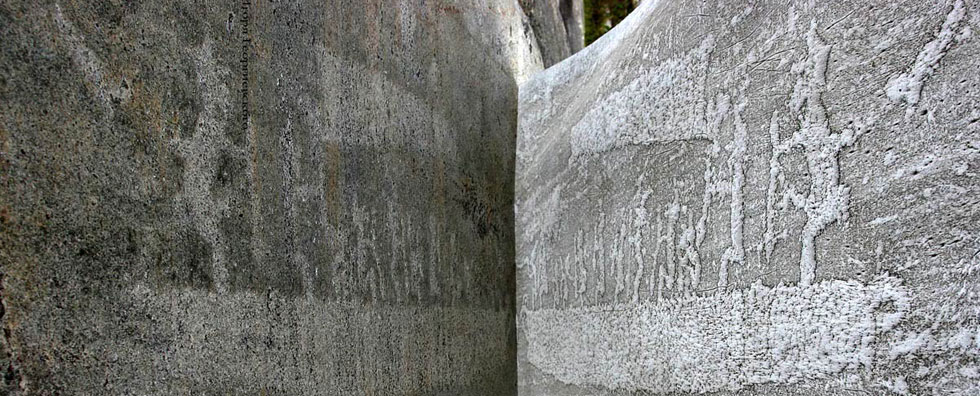
Issue №1, Vol. 22
Dyachenko V., Dolzhikov I., Khitrov E., Kunickaya O., Baryshnikova E., Anisimov E. Theoretical substantiation of the crawler unit traction properties of a forest in permafrost conditions // Resources and Technology. 2025. №1, Vol. 22. P. 1‒41.
DOI: 10.15393/j2.art.2025.7843
Theoretical substantiation of the crawler unit traction properties of a forest in permafrost conditions
| Dyachenko Vladimir | St. Petersburg State University of Industrial Technologies and Design, Volodya.Dyachenko1986@mail.ru |
| Dolzhikov Ilya | St. Petersburg State University of Architecture and Civil Engineering, idolzhikov222@mail.ru |
| Khitrov Egor | Peter the Great St. Petersburg Polytechnic University, yegorkhitrov@gmail.com |
| Kunickaya Olga | Arctic State Agrotechnological University, ola.ola07@mail.ru |
| Baryshnikova Elena | Novocherkassk Engineering and Reclamation Institute named after A.Kortunov, barsoft@mail.ru |
| Anisimov Evsei | Northeastern Federal University named after M.K. Ammosov, evsei_mexx@mail.ru |
|
Key words: permafrost forests; tracked forest vehicles; soils; track formation; fuel consumption |
Summary: In the article the authors substantiate crawler unit parameters by taking into account the criteria of cross-country ability and environmental friendliness. It is shown that limiting the degree of a crawler unit impact of a forest machine by the depth of the track is, as a rule, advisable from the point of view of the machine's cross-country ability, since at a large depth of the track there is a loss of bearing capacity and adhesion of the crawler unit to the support surface. For the case of forest machinery operation in conditions of sensitive permafrost soils, the usual formulation of the permissible track depth is unacceptable in most cases, since the track depth should be limited to a significantly lower value than usual, up to a maximum of 5 cm. The article shows that in assessing the depth of the track, it is necessary to distinguish directly between compaction and shear-cutting of soil layers, since it is fundamentally important for soils on permafrost to prevent mineralization and over-compaction of the upper layers interacting with the crawler unit at the initial stage of track formation. As a rule, in forest engineering, the interaction of a machine crawler unit with forest soil is considered, for which a significant amount of experimental data on physical and mechanical properties has already been obtained. However, for permafrost soils, the available scientific information on the physical and mechanical properties is quite limited. It is important to take into account the difficult conditions and transport accessibility of the region, which make it difficult to collect experimental data. It is proved that when justifying the parameters of the recommended equipment it is critically important to take into account not only soil conservation. The issues of forest machine fuel efficiency are quite acute in the conditions of the region, and therefore it is necessary to calculate fuel consumption of a forest machine taking into account the formation of a track. |
Displays: 420; Downloads: 220;




